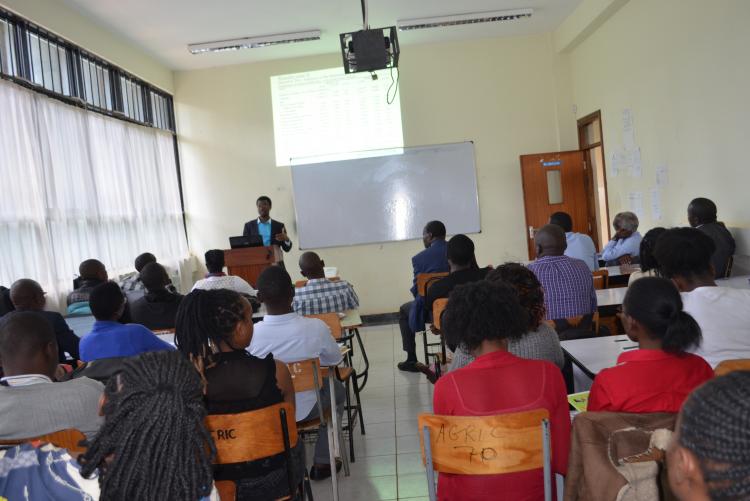The study sought to determine the economic efficiency of cassava production in two counties, Bomi and Nimba. Economic efficiency is the ability for farmers to produce using all available inputs properly and at the lowest possible cost (or at the highest possible revenue). Cassava is largely cultivated in Nimba and locally processed largely in Bomi. The two counties are more than 300km apart, with Nimba in the Northeast and Bomi in the Northwest of Liberia.
The study sought to determine the economic efficiency of cassava production in two counties, Bomi and Nimba. Economic efficiency is the ability for farmers to produce using all available inputs properly and at the lowest possible cost (or at the highest possible revenue). Cassava is largely cultivated in Nimba and locally processed largely in Bomi. The two counties are more than 300km apart, with Nimba in the Northeast and Bomi in the Northwest of Liberia.
From 303 observations collected from the two counties, two stochastic frontier models were used to estimate efficiency levels of cassava production in the two counties; while, a two-step stochastic meta-frontier model was used to compare the resource-use capacity of farmers in the two counties. Frontier models are models used to compare farmer actual outputs with an expected highest potential (this "highest potential" is estimated using probability distribution properties of the sample).
From the estimation of the stochastic models, it was found that farmers in Bomi and Nimba were not economically efficient. There is potential to increase economic efficiency of Cassava Production in Bomi (up to 67.8%) and Nimba (up to 99.07%). From the meta-frontier model, the average use of inputs for farmers in both location was found to be at 40.45%, indicating that there is capability to optimize the use of cassava inputs.
- Log in to post comments

